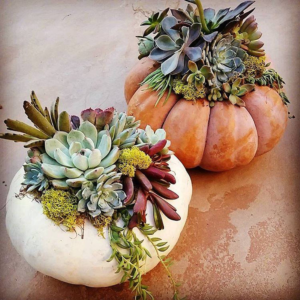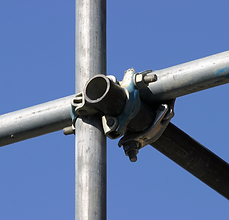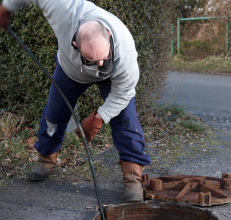
The base layer in the plant terrarium ordinarily comprises of sand or huge rocks blended in with a limited quantity of charcoal; above it is a layer of dirt 2–3 centimetres (around 1 inch) thick.
Plants generally filled in terraria at cool temperatures incorporate greeneries, lichens, bloodroot, wood plants, violets, following arbutus, and anemones. In hotter temperatures, different begonias, croton, peperomia, crawling fig, selaginella, Dracaena sanderiana, Chinese evergreen, maidenhair greenery, and other tropical plants are regularly developed.
The life lesson Terrarium Singapore will bring to kids is figuring out the fact that it is so essential to think about the Earth. Regardless of whether it was as basic as watering your terrarium every week, it will show kids duty in manners that they would react well to.
Terrarium, additionally called glass garden, Wardian case, or vivarium, a walled-in area with glass sides, and now and then a glass top, orchestrated keeping plants or earthbound or semi-earthly creatures inside. The reason might be enrichment, logical perception, or plant or creature engendering.

Look at the aquarium.
Charcoal is a significant component in a terrarium since it helps eliminate poisons and smells. If you don’t have charcoal, you can, in any case, make a terrarium, yet you’ll have to find a way to guarantee your plants stay solid and that the climate inside your terrarium stays clean and scent-free.
The vast majority as of now have all the fixings they require to make a terrarium – aside from agricultural charcoal.
Scents
Charcoal retains disagreeable scents – a typical issue in shut terrariums. In case you’re avoiding the charcoal, you’re bound to encounter smell from deteriorating soil and plant material, just as shape and build-up. To help tackle this issue, open your terrarium for a couple of hours every day to permit air to course around the plants. Expanding wind current can help cut down on scent causing mold and build-up. Opening your terrarium additionally permits dampness to dissipate, so you may have to water all the more as often as possible.
Choices to Charcoal
A few people utilize live greenery rather than charcoal. Live greenery will help retain scents in a terrarium and has the additional advantage of engrossing abundant water that prompts root decay and smell. You may discover lavish, green, developing greenery more appealing than a layer of charcoal. Greenery should be managed every once in a while, as certain kinds can grow a few inches tall. Greenery additionally needs a lot of natural air, so you’ll have to open your terrarium for a couple of hours every day or an entire day on more than one occasion for each week.
Poisons
The principal advantage of adding charcoal to a terrarium is poison expulsion. Charcoal ingests synthetic compounds in the dirt, water, and air that can develop inside your terrarium over the long haul and harm your plants. In case you’re skirting charcoal, try to utilize refined water as opposed to tap water to try not to add water treatment synthetic substances to your terrarium. Opening the top to your terrarium every once in a while will likewise permit a portion of the synthetic substances to getaway.
Waste
Each terrarium needs a seepage layer. Waste layers help guarantee overabundance water doesn’t remain in the dirt and causes root decay. In many terrariums, a 1-inch layer of charcoal balances the waste layer. If you don’t have charcoal, you’ll need to add 1 inch of rock at the lower part of your compartment. A layer of sphagnum greenery on top of the rock helps shield the dirt from blending into the rock.



